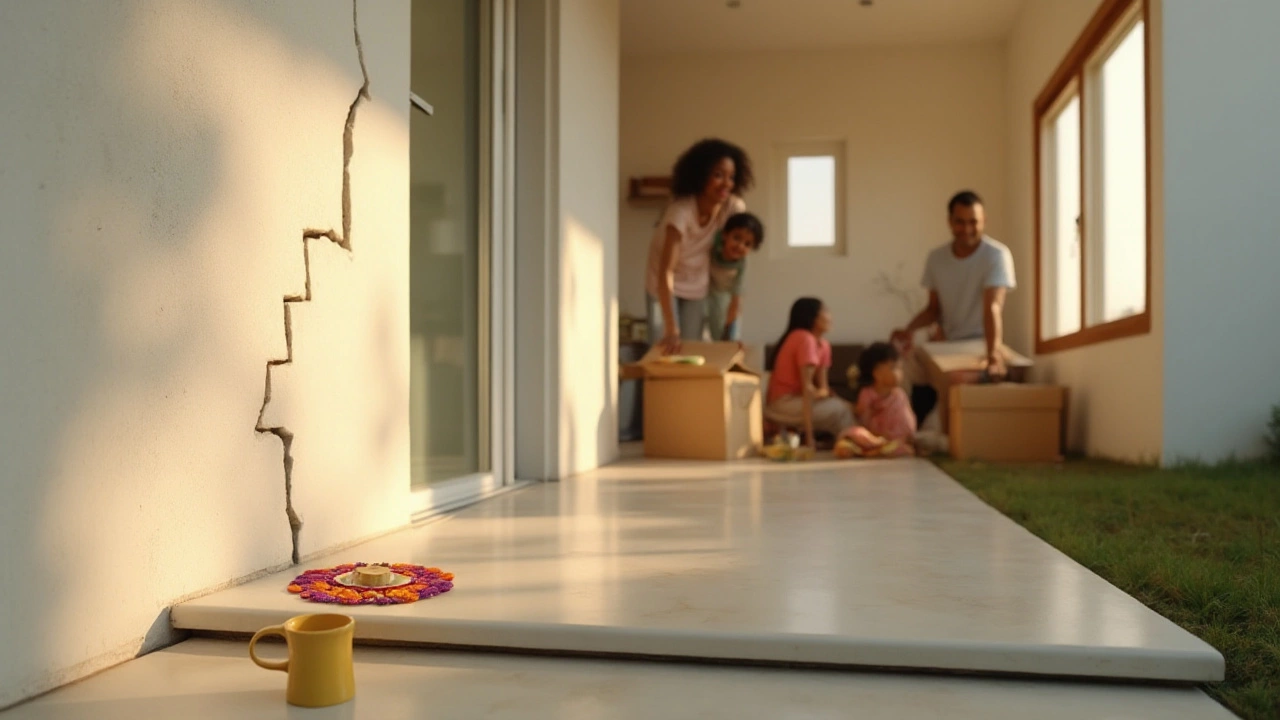House Settling: Causes, Signs & Solutions
When dealing with house settling, the gradual movement of a building’s foundation caused by soil compression, moisture shifts, or load changes. Also known as foundation movement, it often leads to foundation cracks, visible splits in walls or slabs that signal stress and foundation damage, more serious structural issues that may require professional repair. The underlying factors include soil subsidence, the sinking of the ground beneath a structure and overall structural integrity, the ability of the building to stay stable under stress.
What Triggers House Settling?
Most homes settle because the soil beneath them changes volume. When water seeps in, clay expands; when it dries, it contracts. This moisture swing creates pressure that pushes or pulls on the foundation. Heavy loads from new additions or uneven landscaping can also force the ground to shift. In short, house settling requires a clear picture of the soil conditions, because without that the problem keeps coming back.
Every inch of movement tells a story. Small vertical dips usually point to soil subsidence, while lateral shifts often signal poor compaction or nearby excavation. The more the foundation moves, the higher the risk of permanent foundation damage, which in turn weakens the overall structural integrity of the house.
Homeowners typically notice three warning signs first: cracks that appear in drywall or plaster, doors that start to stick or won’t close properly, and floors that feel uneven underfoot. These symptoms are the building’s way of saying the foundation is no longer level. If you ignore them, the cracks can widen, and the settlement may become severe enough to require major underpinning.
Assessing the issue properly saves money and stress. A qualified structural engineer will look at crack patterns, measure floor elevations, and sometimes install monitoring pins to track movement over weeks or months. They’ll also evaluate the soil type—sandy soils behave very differently from expansive clays—so you understand whether the problem is temporary or will need long‑term mitigation.
When it comes to fixing house settling, options range from simple to complex. Moisture control (like fixing gutters or adding drainage) tackles the root cause for many cases. For more serious foundation cracks, epoxy injection or carbon fiber stitching can restore strength. When the entire footing has shifted, techniques such as underpinning, slab jacking, or pier installation provide a new stable base. Choosing the right method hinges on how much foundation damage exists and how the soil will react in the future.
Many homeowners wonder if insurance will foot the bill. In most policies, standard home insurance excludes routine settlement and the resulting cracks, labeling them as “wear and tear.” However, if the settlement is caused by an unexpected event—like an earthquake or sudden landslide—coverage may kick in. Knowing the fine print helps you plan a realistic budget and decide whether to invest in a specialized foundation warranty.
Below you’ll find a curated collection of articles that dig deeper into each of these topics. From identifying early signs to choosing the right repair method and understanding insurance nuances, the posts give practical steps you can take right now to protect your home’s stability.
